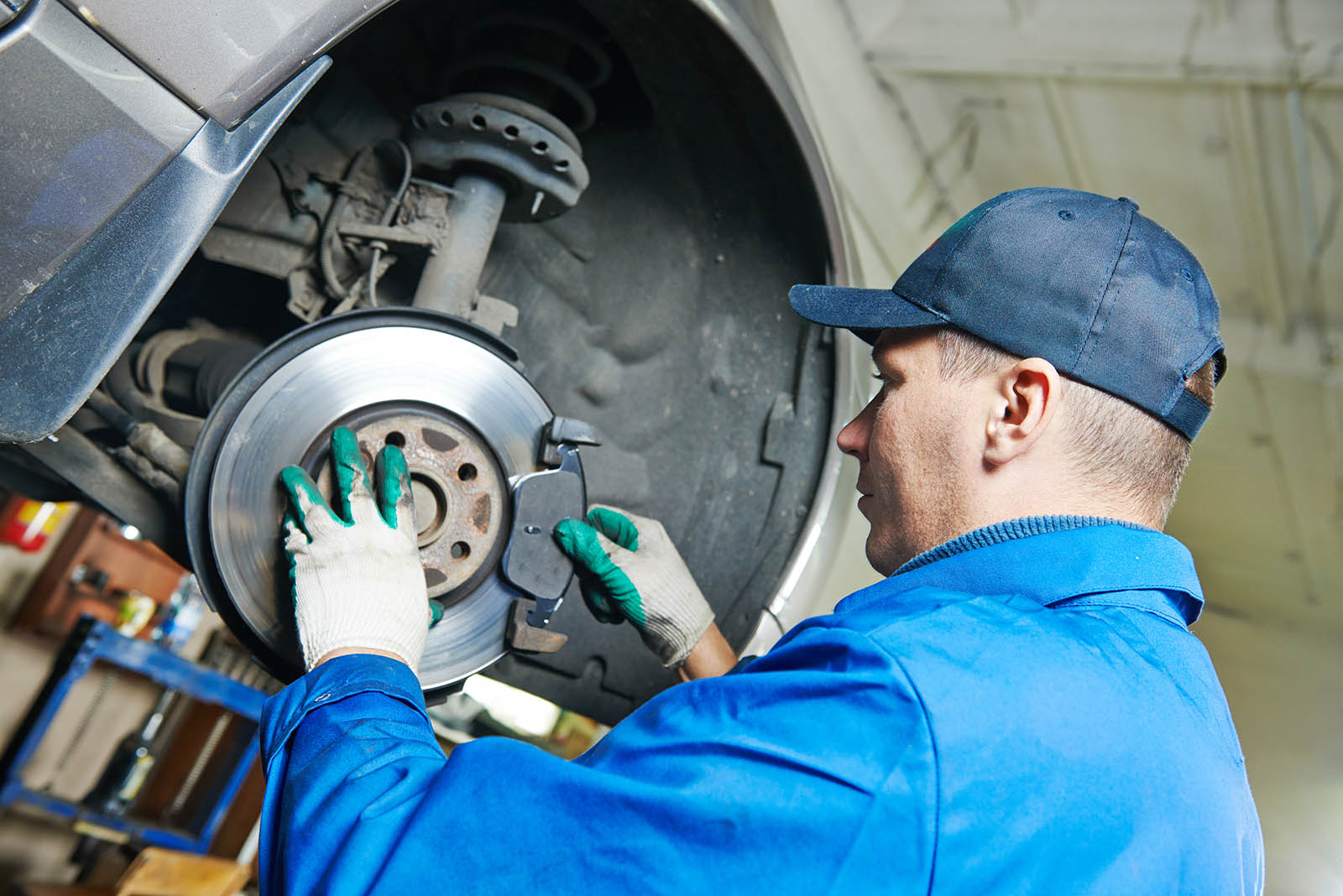Get A Free Legal Consultation
- We fight to maximize your results
- Many clients get results in as few as 90 days
- No out-of-pocket costs for you or your family






Routine, hands-on work with clutch facings, brake shoes, linings and other asbestos-containing friction materials puts auto mechanics at significant risk of developing asbestos-related diseases like mesothelioma, an aggressive cancer.
Many professional mechanics have endured years of high-level asbestos exposure at service stations, car dealerships, repair shops, garages and other confined work spaces where hazardous fibers and dust linger.
Call (800) 326-8900 now to see if our mesothelioma lawyers can help your family pursue compensation and hold the makers of dangerous asbestos parts accountable for your illness. It costs nothing to speak with us.
Because of its low cost, excellent friction and fire-resistant properties, asbestos was regularly used by clutch and brake manufacturers who supplied dangerous materials directly to major auto plants, aftermarket distributors and small repair shops.
These asbestos products are known to release short chrysotile asbestos fibers during the installation, repair and replacement of brake systems, linking auto mechanics and asbestos exposure.
Many brakes are still made with asbestos — only in smaller amounts than in the past — and as the pads and linings break down from friction against the drums, asbestos fibers become airborne and can be inhaled by mechanics when they service the brake systems, particularly if they are unaware of the dangers inherent in asbestos.
Common high risk duties for auto mechanics include the “blowing out” of brake surfaces with high pressure air hoses and “grinding” brake shoes.




In the 1970s, scientists, industrial hygienists, the U.S. Environmental Protection Agency (EPA) and other government officials repeatedly warned manufacturing companies about the dangers of asbestos exposure for auto mechanics and related roles.
Despite this, many auto part manufacturers continued to incorporate asbestos into their products — knowingly putting mechanics, customers and other occupations at risk.
Some of the most common automotive products still containing asbestos today include:
As a leading mesothelioma law firm, Simmons Hanly Conroy pursues justice for those individuals and their families who have been affected by asbestos exposure and mesothelioma.
For over 20 years, we have worked to represent mesothelioma victims and their families and have donated to support research to find a cure for this tragic disease.
We are committed to the fight against mesothelioma and treat our clients with the dignity that comes from understanding mesothelioma and its effects on families.
Here are a few mesothelioma settlements we’ve recovered for auto workers across the country:
![]()
![]()
![]()
![]()
Wisconsin
43-year-old Auto Body Repairman
![]()
![]()
![]()
![]()
Florida
Auto Mechanic
![]()
![]()
![]()
![]()
Michigan
Auto Worker
Asbestos-containing brakes were a common source of exposure for many auto mechanics across the country. Our mesothelioma trial attorneys have experience holding the manufacturers of asbestos brakes accountable in court — and securing notable results for our clients.
If you or your loved one worked with asbestos-containing brakes or other automotive parts and was later diagnosed with mesothelioma, contact us today.
You may be entitled to compensation, and we’re prepared to fight on your behalf to get it.
The U.S. Bureau of Labor Statistics states that there are more than 700,000 automotive service technicians and mechanics employed in the United States. Accordingly, a mesothelioma diagnosis among auto mechanics is not uncommon.
Though the use of toxic materials, such as asbestos, are regulated by organizations such as the Occupational Safety and Health Administration (OSHA), surprisingly dangerous levels of asbestos dust continue to be found in automotive workshops and garages across the country, where they pose health risks to both auto mechanics and customers.
A study conducted by government-certified laboratories on behalf of The Seattle Post-Intelligencer found that more than two-thirds of automotive garages inspected had “dangerous levels of asbestos dust present.” Specifically, the asbestos dust levels fell somewhere between 2.26 percent and 63.8 percent.
Given the long latency period between exposure to asbestos and the development of mesothelioma and other asbestos-related diseases, this does not bode well for auto mechanics.
If you believe you or a loved one has been experiencing mesothelioma symptoms related to mechanics’ asbestos exposure, fill out the form on this page to set up a free legal consultation with one of our experienced mesothelioma lawyers.
For more information on mesothelioma among car mechanics, browse the following resources: